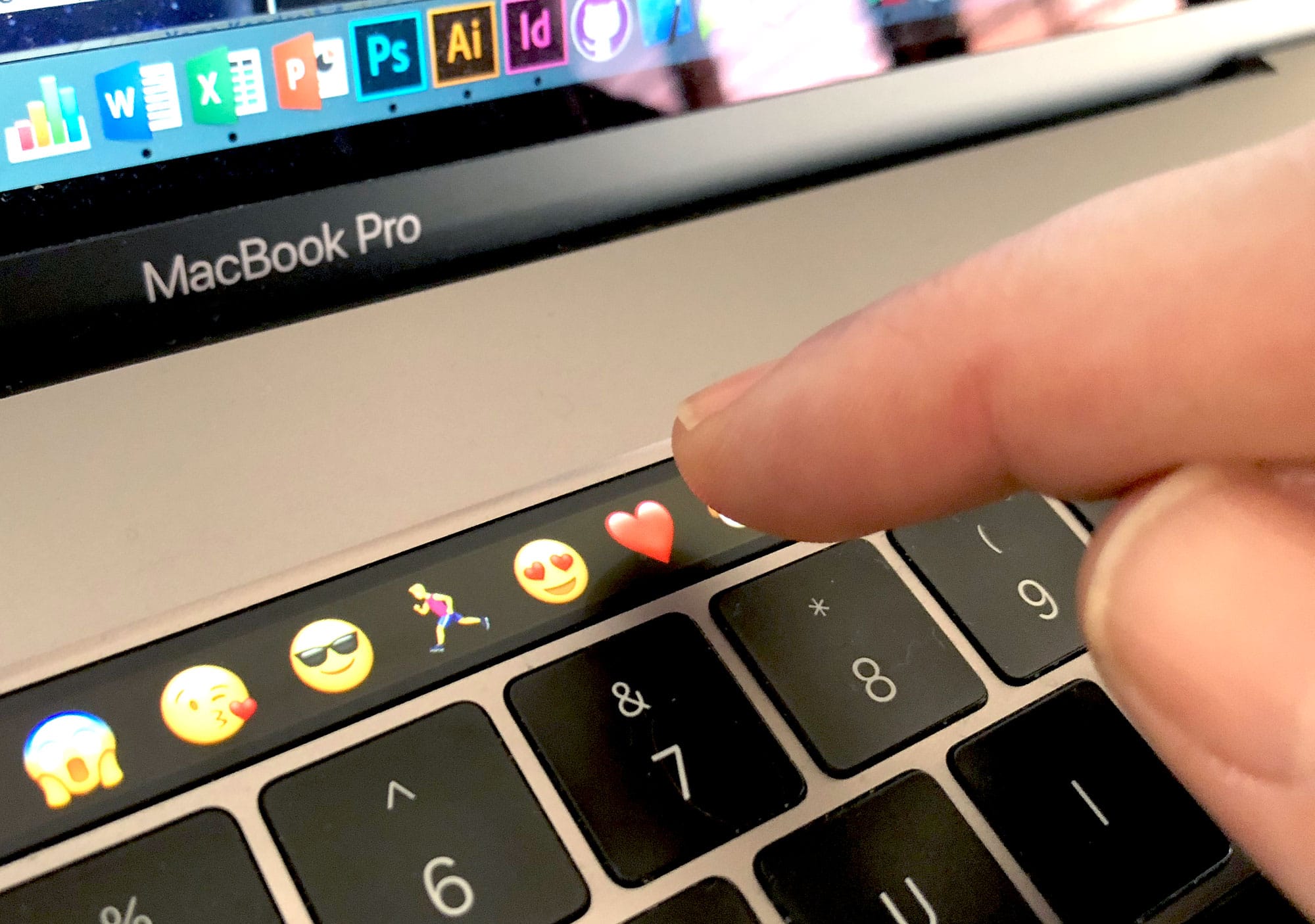According to reliable TF International Securities analyst Ming-Chi Kuo, the next-gen MacBook Pro will come in 14- and 16-inch sizes, feature more ports and bring back the MagSafe charger in some form (!). And, of course, the high-end laptops will run on new Apple Silicon chips.
But the first big MacBook Pro redesign in half a decade also do away with the Touch Bar, the controversial — and never entirely successful — innovation Apple debuted back in 2016.
If Kuo’s report, as seen by Cult of Mac, proves accurate, the next-gen MacBook Pro will ditch the customizable, context-sensitive LED Touch Bar for a row of regular physical keys, as existed prior to its introduction. Kuo estimates the new MacBook Pro will arrive in Q3 2021.
The short, uninspiring life of the Touch Bar
The end of the Touch Bar probably will not cause many Mac fans to lose sleep. Right from the start, the Touch Bar seemed something of an awkward middle ground compromise for those hankering after a touchscreen Mac (which Apple clearly doesn’t want to do).
The idea was that, as with the iPhone’s lack of physical buttons, the Touch Bar would offer touchscreen function key replacements that could change depending on the app you were using at the time.
But it seemed technically impressive, the Touch Bar also felt a bit awkward. Most users don’t want to stare at their keyboards when they’re working, and have to deal with a dynamic set of keys. The Touch Bar sounded neat, but it ultimately solved a problem that didn’t really exist.
It wound up being more of a half-baked gimmick than a transformative user experience.
Others tried, others failed
Apple’s not the first company to have tried such an interface. The idea kicked around for years before Cupertino implemented its own version. Microsoft supposedly came up with something very much like the Touch Bar. And Lenovo introduced something similar with its ThinkPad X1 Carbon Ultrabook laptop in 2014. By the time the Touch Bar burst onto the scene, Lenovo was already admitting that the concept hadn’t taken off as hoped.
“The integration of the adaptive user experience was a generation ahead of its time,” a Lenovo spokesperson told Cult of Mac at the time. The company blamed the technology’s lack of adoption on not being compatible with business customers.
“Sometimes the ThinkPad can be too far ahead of the curve, which can create challenges when translating to a consumer base with certain expectations of the technology,” the Lenovo spokesperson said.
Of course, just because other companies tried — and failed — to create something a bit like the Touch Bar doesn’t mean Apple’s version wasn’t going to work. But Apple’s version wasn’t drastically different from what had come before. It didn’t solve a big problem that previously held this idea back. It just tried the same thing on a Mac.
The equivalent of 3D Touch
If Apple does ditch the Touch Bar, it will be a little bit like the demise of 3D Touch on the iPhone, starting with the iPhone 11. 3D Touch, introduced in 2015, gave iPhones the ability to recognize force along with gestures. It was a new, pressure-based way of interacting with your iPhone that added functionality and provided the ability to show app previews.
I know people who loved 3D Touch. Just like I know people who swore the Touch Bar was transformative. But not that many people. Few outright hated either technology, but most of the people I spoke to just didn’t really use Apple’s innovations. That’s not ideal for hardware that adds to the component costs of manufacturing a device like an iPhone or MacBook.
Another problem shared by both the Touch Bar and 3D Touch was that neither was ever implemented across the board. Apple reserves the Touch Bar for it’s top-end MacBook Pros. And the company only made 3D Touch available for a certain percentage of iOS devices. Even some new iPhones did not get the feature. (It did not, for example, make it onto 2018’s iPhone XR, although it featured on that year’s iPhone XS.)
This caused problems because developers could never make 3D Touch or Touch ID a central part of their apps. These technologies were optional extras, rather than something devs could bank on everyone having access to. Fragmentation ruins the user experience, and that was the case here.
Quit while you’re ahead
Based on a recent patent describing possible dynamic keys for an unspecified future Mac, Apple hasn’t given up on this idea entirely. But — and, again, this is contingent on Kuo’s report being accurate — it appears that Cupertino is standing down on this front for now.
Apple should be applauded for taking the risk. Much of the time, the company is first to throw its hat into the ring with regard to things like eliminating the headphone jack or the floppy disk drive. Rivals mock Apple, then copy its controversial moves. Time after time, Apple sets computing trends.
But a half-decade after the first MacBook Pro Touch Bar, the laptop industry is not full of copycats. That alone should tell Cupertino something.
Even Apple, in an early warning that the Touch Bar may not be long for this world, declined to extend the feature to other Macs. The Touch Bar has been conspicuous in its absence from the iMac and other, cheaper Apple computers. That’s a big contrast to innovation on the iPhone, which typically filters down from premium handsets in the years after its release.
As it turns out, the writing may have been on the wall for the Touch Bar for longer than we knew.
What’s your take?
What would you think of the elimination of the Touch Bar? Let us know in the comments below.


